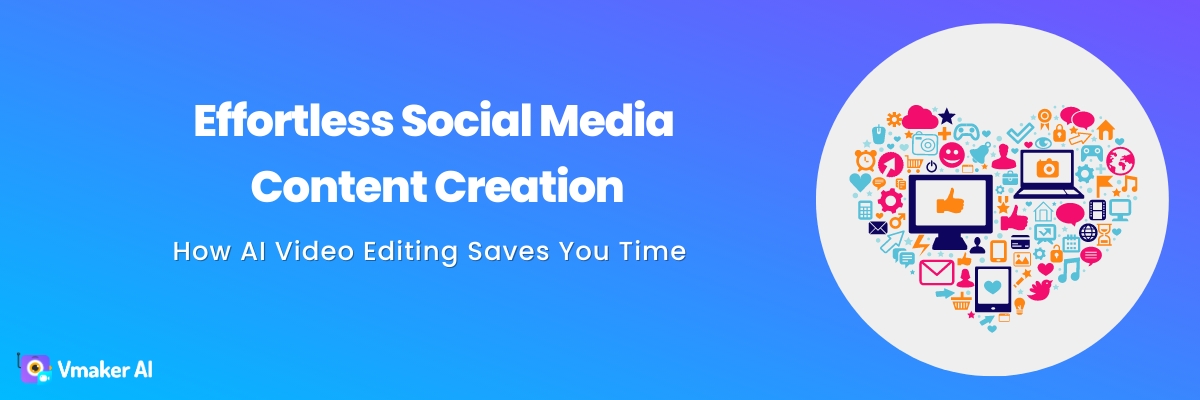AI-powered training videos provide an efficient and scalable way to enhance learning, improve knowledge retention, and boost overall productivity. By leveraging AI-driven video content, you can ensure that your employees stay up to date with industry trends, acquire new skills, and adapt to changing business needs. Traditional training methods can be time-consuming, costly, and inconsistent. […]
Vmaker AI hosted Nicole Papaioannou Lugara in a live session to discuss about Human AI avatars – The Future of Learning and Development? It was a candid conversation discussing the possibilities of Human AI avatars in L&D workflow, different use cases applications, where to use Human avatars and where not to use them and most […]
If you’re a content creator or marketer for a brand, then you’re likely familiar with the tedious process of editing videos. It can take between one and two hours to just clean up and edit a five-minute video. You spend hours trimming and cutting, trimming and cutting. But once done, you’re still not happy with […]
Have you ever written a bomb script for a video but then decided to dump it down the trashcan because it’s not in English? Do you also have the compelling urge to create videos in English to reach a wider audience? Do you feel comfortable creating content in your Native Language but are worried that […]
We are super excited to announce that Vmaker AI has been honored with the prestigious ‘AI Startup of the Year‘ award at the recently held Tech India Transformation Awards hosted by the MSME (Micro, Small, and Medium enterprises) Business Convention in partnership with National Small Industries Corporation, Govt of India and in association with the […]



